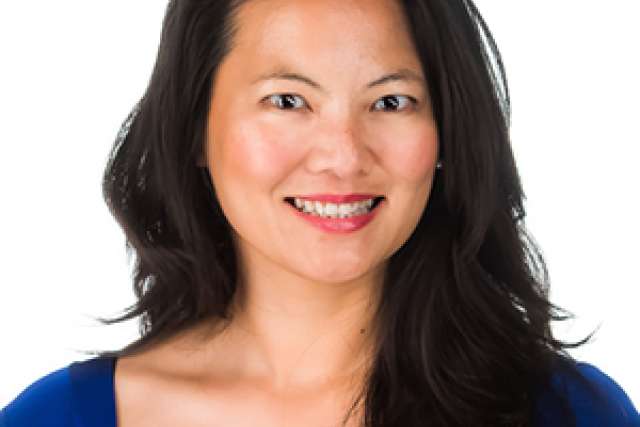FINDINGS
UCLA researchers found that elementary school children with craniofacial anomalies show the highest levels of anxiety, depression and difficulties in peer interactions when compared to youths with craniofacial defects in middle and high schools. The findings suggest that keeping a close watch for these signs and educating the child’s peers about their condition may be necessary for this age group.
BACKGROUND
Children born with congenital craniofacial anomalies, such as cleft lip and cleft palate, may have difficulty socializing with their peers and others and may face bullying and teasing in school. Previous studies of children with craniofacial defects have shown improvement in psychosocial functioning in areas such as anxiety, depression, peer relationships and anger following reconstructive surgery, but no previous studies have examined the relationship of age to psychosocial functioning.
METHOD
Ninety-nine youths ages 8 to 17 from the UCLA Craniofacial Clinic were evaluated using the Pediatric Patient-Reported Outcomes Measurement Information System. The system is a set of measures that evaluates and monitors physical, mental and social health. Researchers assessed anger, anxiety, depression and quality of peer relationships. The youths were divided into three age groups: elementary (8 to 10 years); middle school (11 to 13); and high school (14 to 17).
IMPACT
The researchers were surprised that the elementary school children consistently fared so poorly. Understanding that their difficulties begin during the critical elementary school years can help researchers, schools and parents work toward helping these youngsters grow up in an environment that fosters acceptance and understanding of their physical anomalies.
AUTHORS
Dr. Justine Lee, an associate professor of plastic and reconstructive surgery who holds the Bernard G. Sarnat Endowed Chair in Craniofacial Biology, led the study. The co-authors were Elizabeth Volpicelli, Dr. Miles Pfaff and Kevin Hakimi, all of UCLA; Dr. Christian Solem of UC San Francisco; and Dr. James Bradley of Temple University.
JOURNAL
The study is published in the October 2017 issue of the journal Plastic and Reconstructive Surgery.
FUNDING
This work was supported by the Bernard G. Sarnat Endowment for Craniofacial Biology. The authors have no financial interests to disclose.



